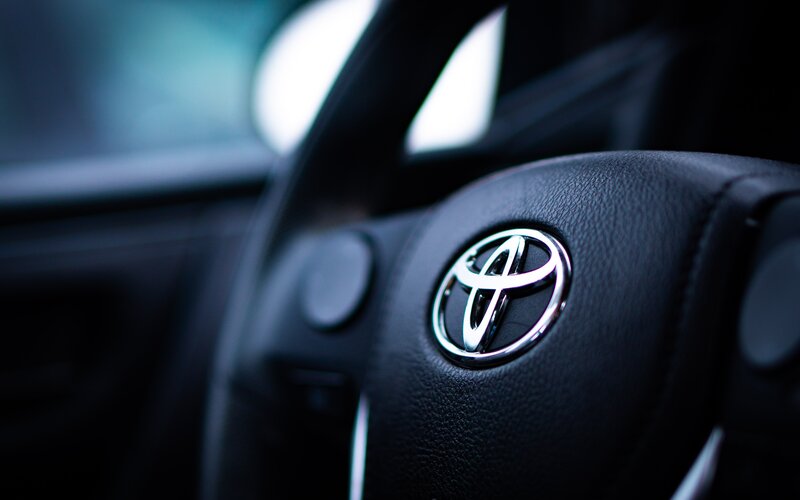With competition thick and manufacturers under legislative pressure to cut down on their fleet emissions, there has never been a better set of price tags attached to new electric vehicles in Australia.
There's a wave of new EVs hitting the market from China, alongside electrified offerings from legacy manufacturers that means buyers are spoilt for choice, with your money going further than ever before in the electric vehicle segment.
Recent additions to the market have been spread across virtually every segment, meaning there's everything from battery electric hatchbacks, SUVs, sedans, people movers and even utes on the menu.
Let's take a closer look at the most affordable new electric cars currently on sale in 2025 and break down their specifications, range, charging speeds, safety ratings and their warranties.
BYD Dolphin Essential
The BYD Dolphin remains Australia's cheapest electric vehicle on sale in 2025, setting the benchmark for outright value in the EV segment.
Designed as a cheap and cheerful little hatchback for the urban jungle, with two versions on offer, the most expensive of which adds a larger 60.5kWh battery pack offering up to 427km of range and a stack of added equipment for a $7,000 premium thanks to a significant price cut over last year's lineup.
- Price: $29,990 - $36,990 (before on-road costs)
- Battery Size: 45 - 60.5kWh
- Battery Type: LFP
- Energy Efficiency: 13.2 - 15.9kWh per 100km (Essential vs Premium)
- Range: 340 - 427km
- Max Charging Speed: 60 - 88kW (Essential vs Premium)
- ANCAP Safety Rating: Five-star (tested 2025)
- Vehicle Warranty: Six-year/150,000 kilometre
- Battery Warranty: Eight-year/160,000 kilometre
GWM Ora
The GWM Ora takes a second-place finish on the list of affordable EVs, impressing with its fun-loving handling and charismatic interior that gives it a generous heaping of charisma behind the wheel.
There's an affordable entry point with a 48kWh pack topped by an extended range and a sportier GT version with a larger 63kWh battery, all of which offer some serious value for the money and a surprising amount of interior real estate for such a small footprint.
- Price: $35,990 - $46,990 (drive-away)
- Battery Size: 48 - 63kWh
- Battery Type: LFP & NMC (Standard vs Extended Range)
- Energy Efficiency: 14.0kWh per 100km
- Range: 310 - 420km
- Max Charging Speed: 64 - 80kW (Standard vs Extended Range)
- ANCAP Safety Rating: Five-star (tested 2022)
- Vehicle Warranty: Seven-year/unlimited kilometre
- Battery Warranty: Eight-year/unlimited kilometre
Chery E5
The Chery E5 is a new vehicle to Australia's EV landscape in 2025 and sits as the cheapest battery-electric SUV package currently on the market.
Designed as a stylish and value-packed compact SUV, the Chery E5 range offers the same 61kWh battery pack, promising 430km of range on the WLTP test cycle, and over-delivers on the features front thanks to a pair of 12.3-inch digital displays inside the cabin.
- Price: $36,990 - $40,990 (before on-road costs)
- Battery Size: 61.1kWh
- Battery Type: LFP
- Energy Efficiency: 15.5kWh per 100km
- Range: 430km
- Max Charging Speed: 80kW
- ANCAP Safety Rating: Five-star (based on Omoda 5 testing in 2022)
- Vehicle Warranty: Seven-year/unlimited kilometre
- Battery Warranty: Eight-year/unlimited kilometre
MG 4
The MG 4 range offers undeniable value for money and takes the cake when it comes to warranty coverage, thanks to its ten years' worth of coverage and a wide-sprawling lineup that offers an affordable base model, long-range versions and a lightning-fast performance flagship.
Inside the MG 4's hatchback body, the cabin receives no shortage of practical touches, storage options and a healthy amount of real estate in the rear and presents undeniable value when you check out its lengthy features list.
- Price: $37,990 - $55,990 (before on-road costs)
- Battery Size: 51 - 77kWh
- Battery Type: LFP & NMC (Standard vs Extended Range)
- Energy Efficiency: 13.8 - 14.5kWh per 100km
- Range: 350 - 530km (Standard vs Extended Range)
- Max Charging Speed: 88 - 140kW (Standard vs Extended Range)
- ANCAP Safety Rating: Five-star (tested 2022)
- Vehicle Warranty: Ten-year/unlimited kilometre
- Battery Warranty: Ten-year/unlimited kilometre
Hyundai Inster
The Hyundai Inster is the company's smallest electric vehicle to date and stands out from the crowd with its funky and futuristic styling package.
With a pint-sized footprint, the Inster is a perfect little runaround that offers a great set of on-road manners and a surprising amount of space inside the cabin that makes it well worth a closer look at this end of the price spectrum.
- Price: $39,000 - $45,000 (before on-road costs)
- Battery Size: 42 - 49kWh
- Battery Type: NMC
- Energy Efficiency: 14.3 - 15.1kWh per 100km
- Range: 327 - 360km
- Max Charging Speed: 120kW
- ANCAP Safety Rating: Unrated
- Vehicle Warranty: Five-year/unlimited kilometre
- Battery Warranty: Eight-year/160,000 kilometre
BYD Atto 3
While the BYD Atto 3 has a range of new competitors, it remains a super attractive offering for those looking for a well-equipped compact SUV package at a very reasonable price.
BYD offers two versions of the Atto 3 range, with a sharply-priced standard range version topped by a more premium extended range version that doesn't command a huge price premium while adding more equipment and 75km of added range per charge.
- Price: $39,990 - $44,990 (before on-road costs)
- Battery Size: 49.992 - 60.48kWh
- Battery Type: LFP
- Energy Efficiency: 16kWh per 100km
- Range: 345 - 420km (Standard vs Extended Range)
- Max Charging Speed: 70 - 80kW (Standard vs Extended Range)
- ANCAP Safety Rating: Five-star (tested 2022)
- Battery Warranty: Eight-year/160,000 kilometre
MGS5
MG's all-new MGS5 sits as one of the best value propositions in the larger midsize SUV segment, thanks to a very sharp price tag for the entry-level Excite 49 version.
MG has split the MGS5 range into two variants, both of which pick up the option battery packs measuring between 49 - 62kWh, the largest of which offering a claimed 425km of range on the WLTP test cycle.
The deal gets even sweeter for electric midsize SUV buyers when you consider MG's ten-year warranty that sits as a very attractive cherry on top.
- Price: $40,490 - 47,990 (drive-away)
- Battery Size: 49 - 62kWh
- Battery Type: LFP
- Energy Efficiency: 16.6 - 17.1kWh per 100km (Standard vs Extended Range)
- Range: 340 - 425km (Standard vs Extended Range)
- Max Charging Speed: 120 - 150kW (Standard vs Extended Range)
- ANCAP Safety Rating: Five-star (tested 2025)
- Vehicle Warranty: Ten-year/unlimited kilometre
- Battery Warranty: Ten-year/unlimited kilometre
Geely EX5
The Geely EX5 is another newcomer to Australia's electrified SUV lineup in 2025, making a bold first impression with its extremely sharp pricing.
Competing in the ever-popular world of electric midsize SUVs, the EX5 offers a sleek styling package inside and out, with a massive 15.4-inch infotainment system headlining the family-friendly cabin.
- Price: $40,990 - $44,990 (before on-road costs)
- Battery Size: 60.22kWh Battery Type: LFP
- Energy Efficiency: 15.8 - 16.6kWh (Complete vs Inspire)
- Range: 430 - 410km (Complete vs Inspire)
- Max Charging Speed: 100kW
- ANCAP Safety Rating: Five-star (tested 2025)
- Vehicle Warranty: Seven-year/unlimited kilometre
- Battery Warranty: Eight-year/unlimited kilometre
Leapmotor C10
Leapmotor's C10 is yet another battery-electric SUV attempting to win the hearts of Aussie families in 2025.
The C10 is the result of a collaboration between China's Leapmotor and automotive giant, Stellantis, the parent company of manufacturers like Jeep, RAM, Peugeot and Alfa Romeo, a package that hopes to get a solid footing in the burgeoning all-electric medium SUV segment.
With its extremely competitive pricing, generous interior acreage and clean, minimalist interior design, the C10 certainly gives family buyers some serious food for thought.
- Price: $45,888 - $49,888 (before on-road costs)
- Battery Size: 69kWh
- Battery Type: LFP
- Energy Efficiency: 19.8kWh per 100km
- Range: 420km
- Max Charging Speed: 84km
- ANCAP Safety Rating: Five-star (tested 2024)
- Vehicle Warranty: Seven-year/160,000 kilometre
- Battery Warranty: Eight-year/160,000 kilometre
BYD Seal
Our list wraps up with the sleek and stylish BYD Seal, a battery-electric sedan that makes the comparable Tesla Model 3 blush when it comes to sheer value for money.
The Seal impresses with great energy efficiency figures while the cabin offers a bold design filled with the latest tech and some pretty premium features at this price, making for a must-have on any electric sedan shortlist.
BYD's most affordable Seal picks up a 61kWh battery pack, while there's also a larger 82kWh pack on offer in the Premium version, while the Seal Performance offers outlandish performance for the money, sprinting to 100km/h in just 3.8 seconds.
- Price: $46,990 - 61,990
- Battery Size: 61 - 82kWh
- Battery Type: LFP
- Energy Efficiency: 12.6 - 18.2kWh (Standard vs Performance)
- Range: 460 - 570km (Standard vs Extended Range)
- Max Charging Speed: 110 - 150kW (Standard vs Extended Range)
- ANCAP Safety Rating: Five-star (tested 2023)
- Battery Warranty: Eight-year/160,000 kilometre
Why switch to an electric car?
If you've been sitting on the fence, there are some very compelling reasons why you should make the switch to an electric vehicle.
Environmental impact
Over their lifespan, EVs have a significantly lower carbon footprint compared to internal combustion vehicles.
Once produced, an EV's CO2 emissions are zero, compared to 4.6 metric tonnes produced by an internal combustion vehicle, according to the U.S. Environmental Protection Agency.
The mining, refining and production of electric vehicles, particularly their rare earth mineral-intensive battery packs and electrics, has a notable, detrimental impact on the environment, though this is ultimately negated by the emission reductions on offer after anywhere between 40 - 60,000 kilometres of driving.
Cost Savings
Electric vehicles have fewer moving parts than a conventional petrol or diesel car, which offers some serious savings on maintenance over the lifespan of the vehicle.
No, they're not maintenance-free vehicles, though the amount of money you'll invest is far smaller than a comparable internal combustion vehicle.
EVs cost substantially less to run per kilometre than an internal combustion car, especially when utilising the cheapest electricity rates at off-peak hours or while charging via solar at home.
A 2019 Federal Government report states that "an EV will cost around three cents per kilometre compared to around 10 cents per kilometre for an ICE equivalent."
Government Incentives and Improving Infrastructure
Most Australian states and territories offer some degree of financial incentivisation to increase electric vehicle uptake and cut down on Australia's passenger vehicle carbon emissions.
Electric vehicles are exempt from the 5 per cent import tariff, alongside an exemption from the Fringe Benefits Tax payments, so long as they're priced below the Luxury Car Tax threshold of $91,387 for FY25/26.
In terms of infrastructure, both governments and the private sector have invested in expanding Australia's charging network.
This will translate to more public fast-chargers both in metropolitan and regional areas, making a long journey between capital cities a quicker, more realistic proposition.
Discounted Car Loans
If you're in the market for an electric vehicle, some lenders offer discounted loans for environmentally friendly cars. Vehicles that meet eligibility requirements above can receive interest rates up top 100 basis points lower, saving you money throughout the loan period.
Energy Security
Many electric vehicles offer both vehicle-to-load (V2L) and vehicle-to-grid (V2G) functionality, allowing you to power household appliances when you're camping, or even power your house in the event of a long-term blackout for several days, in the case of the largest battery packs.
Super Fun to Drive
If you've driven around in an electric vehicle before, you'll know just how quickly they pick up the pace, thanks to the instant torque from an electric motor. This makes them a fun and incredibly user-friendly package to drive around town, proving that emissions-free motoring can be dynamic, too.
In the market for an electric car? The table below features car loans with some of the lowest fixed interest rates for low-emissions vehicles on the market.
| Lender | Car Loan | Interest Rate | Comparison Rate* | Monthly Repayment | Interest Type | Vehicle Type | Maximum Vehicle Age | Ongoing Fee | Upfront Fee | Total Repayment | Early Repayment | Instant Approval | Online Application | Tags | Features | Link | Compare | Promoted Product | Disclosure |
|---|---|---|---|---|---|---|---|---|---|---|---|---|---|---|---|---|---|---|---|
5.84% p.a. | 6.97% p.a. | $578 | Variable | New | No Max | $8 | $400 | $34,665 |
| Promoted | Disclosure | ||||||||
5.79% p.a. | 5.93% p.a. | $577 | Fixed | Used | No Max | $0 | $225 | $34,624 | |||||||||||
5.99% p.a. | 5.99% p.a. | $580 | Fixed | New | No Max | $0 | $0 | $34,791 | |||||||||||
6.09% p.a. | 7.22% p.a. | $581 | Fixed | New | No Max | $8 | $400 | $34,874 | |||||||||||
6.49% p.a. | 6.90% p.a. | $587 | Fixed | New | No Max | $0 | $295 | $35,211 |
Savings.com.au's two cents
The question of whether you should make the switch to an electric vehicle is highly subjective and comes down to your individual needs for your car, driving habits, current living situation and, of course, your budget.
That said, in just the space of 12 months, fierce competition in the EV space has translated to immense value on offer for Aussies looking to take the plunge.
While they offer some significant cost advantages when it comes to maintenance and the potential of a serious price per kilometre advantage over their ICE counterparts, electric vehicles tend to depreciate far more aggressively than their petrol and diesel-powered rivals, while concerns over long-term longevity of an expensive battery pack are inescapable, with current technology.
However, an electric vehicle can save you thousands down the line if you're clever about where and when you charge it and thanks to all this competition, there's never been a better time to be in the market for an EV than 2025.
First published on May 2024
Header Photo by Skoda via Newspress
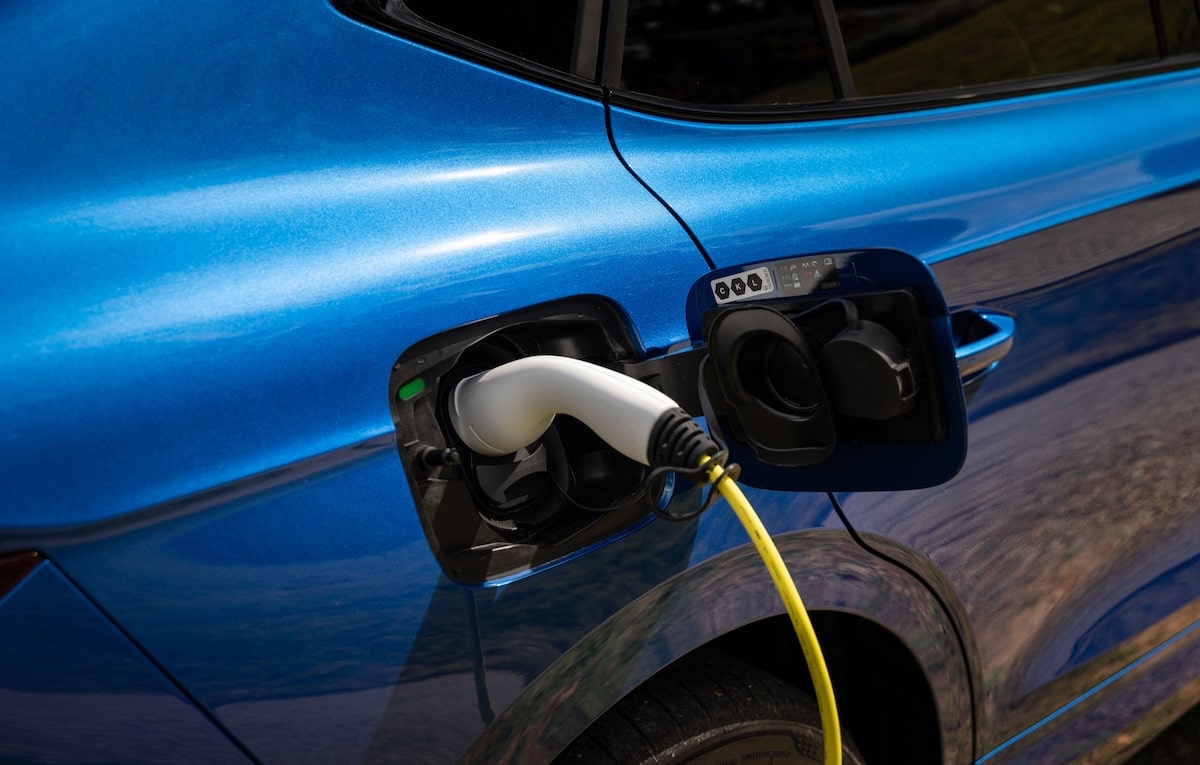







 Denise Raward
Denise Raward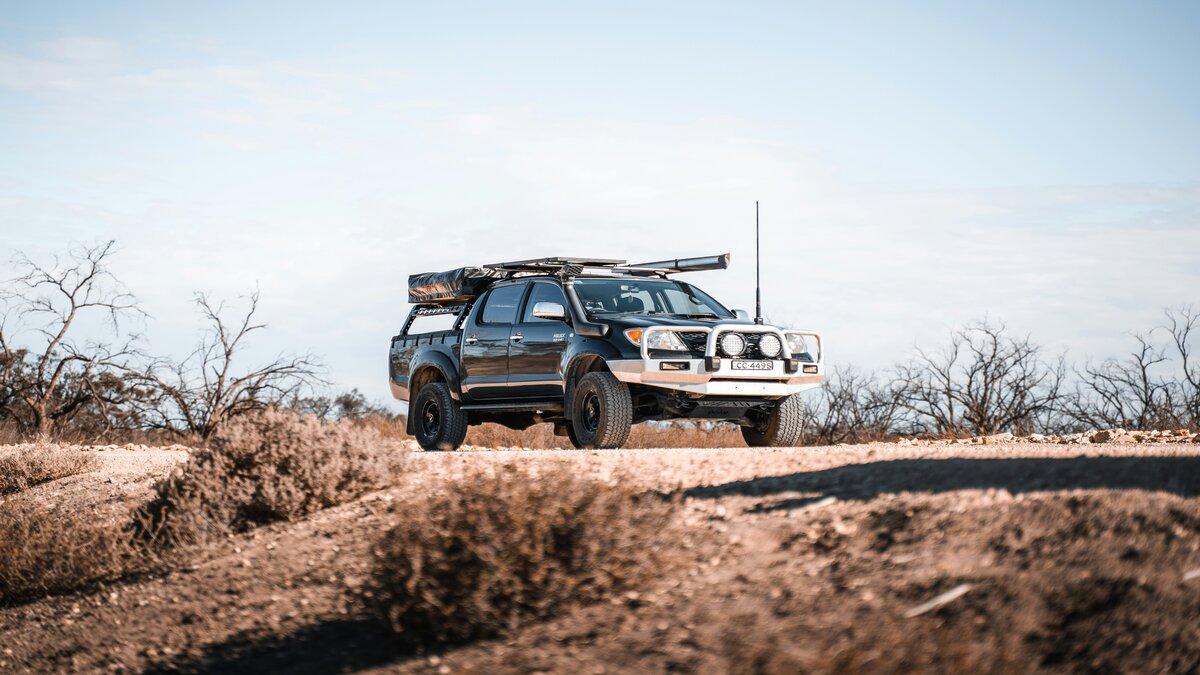
 Harry O'Sullivan
Harry O'Sullivan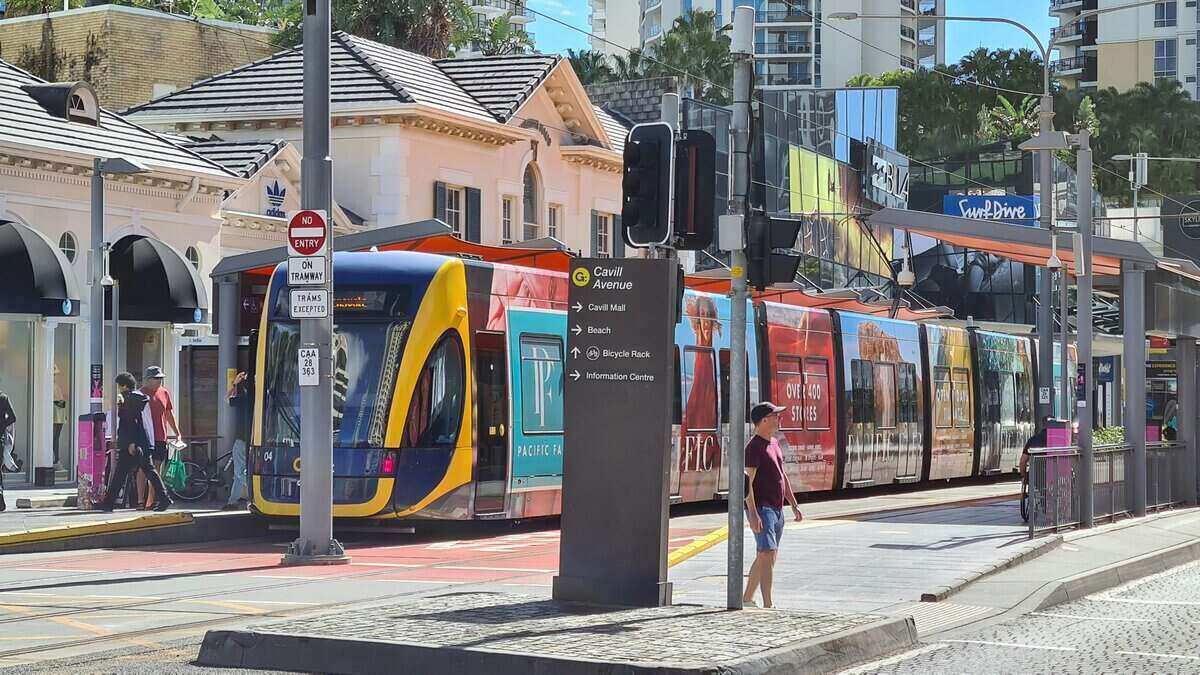
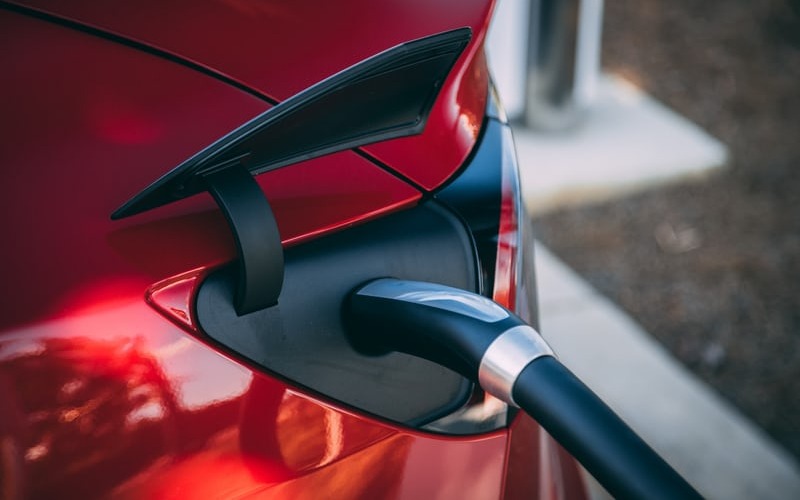
 Harrison Astbury
Harrison Astbury

